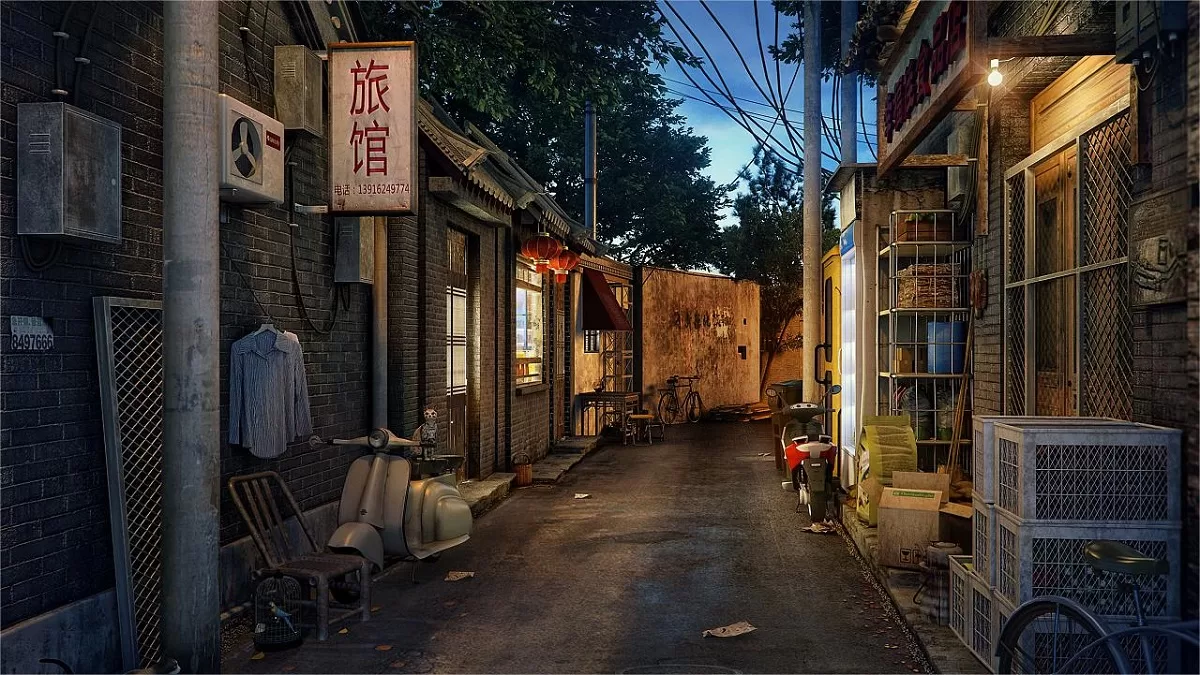The etymology of the term “hutong” in Beijing can be traced back to its Mongolian origins. The word “hutong” is derived from the Mongolian word “hottog” or “hottok,” which means “well” or “water source.” The Mongolian language has had a significant influence on the cultural and linguistic aspects of Beijing due to the Mongol rulers who established the Yuan Dynasty (1271-1368) and their subsequent reign over China.
During the Yuan Dynasty, the Mongols established the city of Beijing and designed its urban layout. The Mongols, who were a nomadic people, incorporated certain elements of their own culture and lifestyle into the city’s architecture and infrastructure. One such element was the establishment of narrow alleyways or lanes that came to be known as hutongs.
The naming of these alleyways as “hutongs” is believed to be connected to their proximity to wells or water sources. Water was of utmost importance in ancient cities for drinking, sanitation, and daily activities, so communities were often centered around wells. Many hutongs were built around wells, serving as important gathering points for the residents. The Mongolian term “hottog,” meaning “well” or “water source,” was thus adopted to describe these alleyways that were closely associated with water.
It is worth noting that while the term “hutong” primarily refers to the narrow alleyways, it is often used to encompass the entire residential area surrounding the alleyways, including the courtyard houses known as “siheyuan.” The siheyuan, with their central courtyards and surrounding rooms, were integral to the hutong neighborhoods and represented the traditional architectural style and communal living in Beijing.
Over time, hutongs became an essential part of Beijing’s cultural and social fabric, shaping the city’s identity. The term “hutong” has come to symbolize the unique urban layout, historical significance, and community-oriented lifestyle of Beijing.


